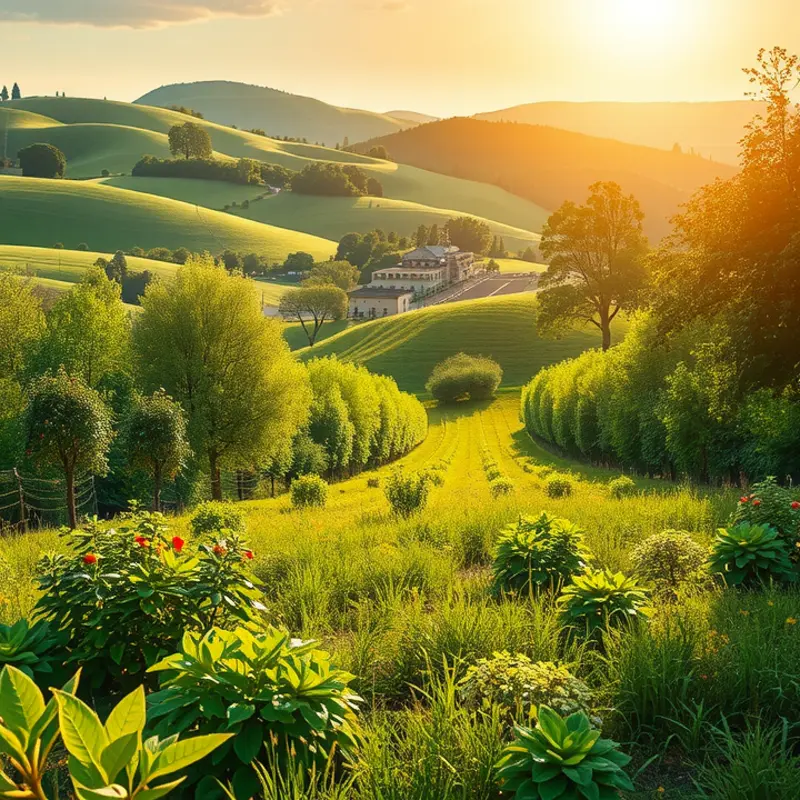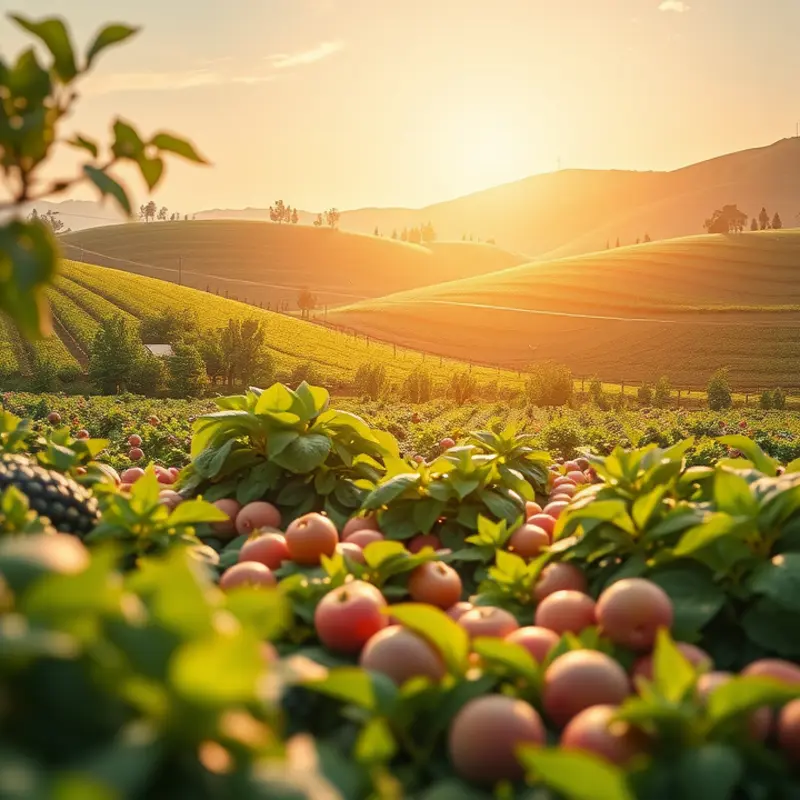Blanching vegetables is a game-changing technique every home cook should master. It helps preserve flavor, color, and nutrition while preparing your produce for freezing or enhancing your favorite dishes. Whether you’re aiming to achieve vibrant greens or prepare vegetables for salads and stir-fries, blanching is straightforward and rewarding. Let’s explore the essentials of blanching vegetables, so you can elevate your cooking skills effortlessly.
The Basics of Blanching: Why and How

Blanching is an essential skill for any home cook aiming to elevate their vegetable dishes. At its core, blanching involves briefly boiling vegetables, followed by an immediate plunge into ice water. This seemingly simple technique offers a multitude of benefits that enhance both the aesthetic and nutritional aspects of vegetables.
One of the most notable advantages of blanching is its ability to preserve the vibrant colors of vegetables. The hot water stops enzymatic processes that can cause discoloration, while the ice water locks in vivid hues. By maintaining the natural appeal of vegetables, blanched dishes are not only more visually appealing, they may encourage healthier eating habits, especially among children.
Blanching also significantly reduces cooking times, leading to enhanced textures. Whether you’re preparing a stir-fry or a roast, starting with blanched vegetables ensures your dishes cook evenly without becoming mushy. This technique is particularly useful with dense vegetables like broccoli or carrots, which can be challenging to cook evenly without parboiling first.
From a nutritional standpoint, blanching helps in retaining key vitamins and minerals. While some nutrient loss is inevitable when cooking vegetables, blanching minimizes this by cutting down on overall cooking time. For more information on preserving nutrients, explore vegetables losing vitamins, which delves deeper into common misconceptions and facts.
The blanching process begins by bringing a large pot of water to a rolling boil and adding a generous amount of salt. Salt enhances the flavor of the vegetables and helps sustain their color. Once the water is ready, add your vegetables in batches, ensuring each piece is fully submerged. The boiling duration depends on the vegetable type; tender greens may need only a minute, while root vegetables may require several minutes.
Once the vegetables have reached the desired tenderness, remove them promptly and transfer them into a bowl of ice water. This step, known as shocking, halts the cooking process and locks in color and texture. Allow the vegetables to cool completely before draining them on a kitchen towel or paper towels.
After blanching, vegetables can be used immediately in recipes or stored for future use. Proper storage also benefits from blanching; pre-cooked vegetables maintain their quality in the freezer far better than raw ones. If you’re interested in food storage and reducing waste, consider exploring preventing contamination and storage for tips on maintaining food quality and safety.
In summary, mastering the art of blanching presents a straightforward way to enhance your cooking repertoire. The benefits of preserving color, improving texture, and retaining nutrients are invaluable to any culinary enthusiast. By incorporating these techniques into your kitchen routine, you can ensure that every dish you prepare is as nutritious as it is delectable.
Step-by-Step Blanching Guide

Blanching vegetables is a skill that elevates both the aesthetics and flavors in your dishes. Here, prepare to delve into the precise process of transforming your vegetables with expert flair.
Essential Tools
Before you start, gather a large pot, a slotted spoon, a bowl of ice water, and a colander. A timer is also essential to avoid overcooking. These tools ensure you can swiftly transfer your vegetables from boiling water to ice, preserving their color and crunch.
Preparation Steps
Begin by cleaning the vegetables thoroughly. Cut them into uniform sizes to achieve even blanching. For instance, trim beans or halve Brussels sprouts. This attention to detail ensures every piece is cooked perfectly.
The Blanching Process
-
Boil Water: Fill a large pot with enough water to submerge all the vegetables without overcrowding. Adding a tablespoon of salt improves flavor.
-
Add Vegetables: Once the water reaches a rolling boil, add the vegetables. Ensure they are fully submerged. This step requires determination, as each vegetable has its specific timing. For example, green beans typically take about 2-3 minutes, while dense vegetables like carrots may need up to 5 minutes.
-
Time Precisely: Monitor the clock from the moment vegetables hit the water. Timing is crucial to prevent mushiness and retain vibrant colors.
-
Transfer to Ice Bath: Using a slotted spoon, transfer the vegetables swiftly to the prepared ice water. This will shock them, halting the cooking process. Keep them submerged until they’re completely cooled.
-
Drain Well: Once cooled, remove the vegetables and drain them thoroughly using a colander. Pat dry with a towel to remove excess moisture.
Blanching Times for Different Vegetables
- Asparagus: 2-4 minutes
- Broccoli and Cauliflower: 3 minutes
- Bell Peppers: 2-3 minutes
- Spinach and Swiss Chard: 1-2 minutes
These times ensure that each vegetable maintains its nutritional integrity and becomes a delight on your plate.
Pro Tips
- Ensure to refresh the ice bath if blanching multiple batches. This keeps the water frigid and effective.
- Precisely timing each batch ensures that enzymatic activities are promptly halted, which keeps the texture intact.
- For long-term storage, ensure vegetables are completely dry before freezing to prevent ice crystals.
Integrating blanching into your kitchen skills opens doors to broader culinary creativity. By mastering these steps, you’ll not only enhance meal presentations but also optimize food preservation. For a deeper understanding of thermally sensitive nutrients, you can explore more at Preventing Nutrient Loss in Vegetables. Together, let’s embrace blanching as a foundational technique that aligns with both flavor and nutrition goals.
Final words
Blanching vegetables is not just a cooking technique; it’s a simple way to elevate your culinary creations and make meal prep easier. By understanding the basic principles and following the step-by-step guide, home cooks of every skill level can embrace this method with confidence. From enhancing the color and flavor of your dishes to making sure your favorite veggies are ready for freezing, blanching is a vital skill that will serve you well. Start practicing this technique to enjoy fresher, more nutritious meals today.







